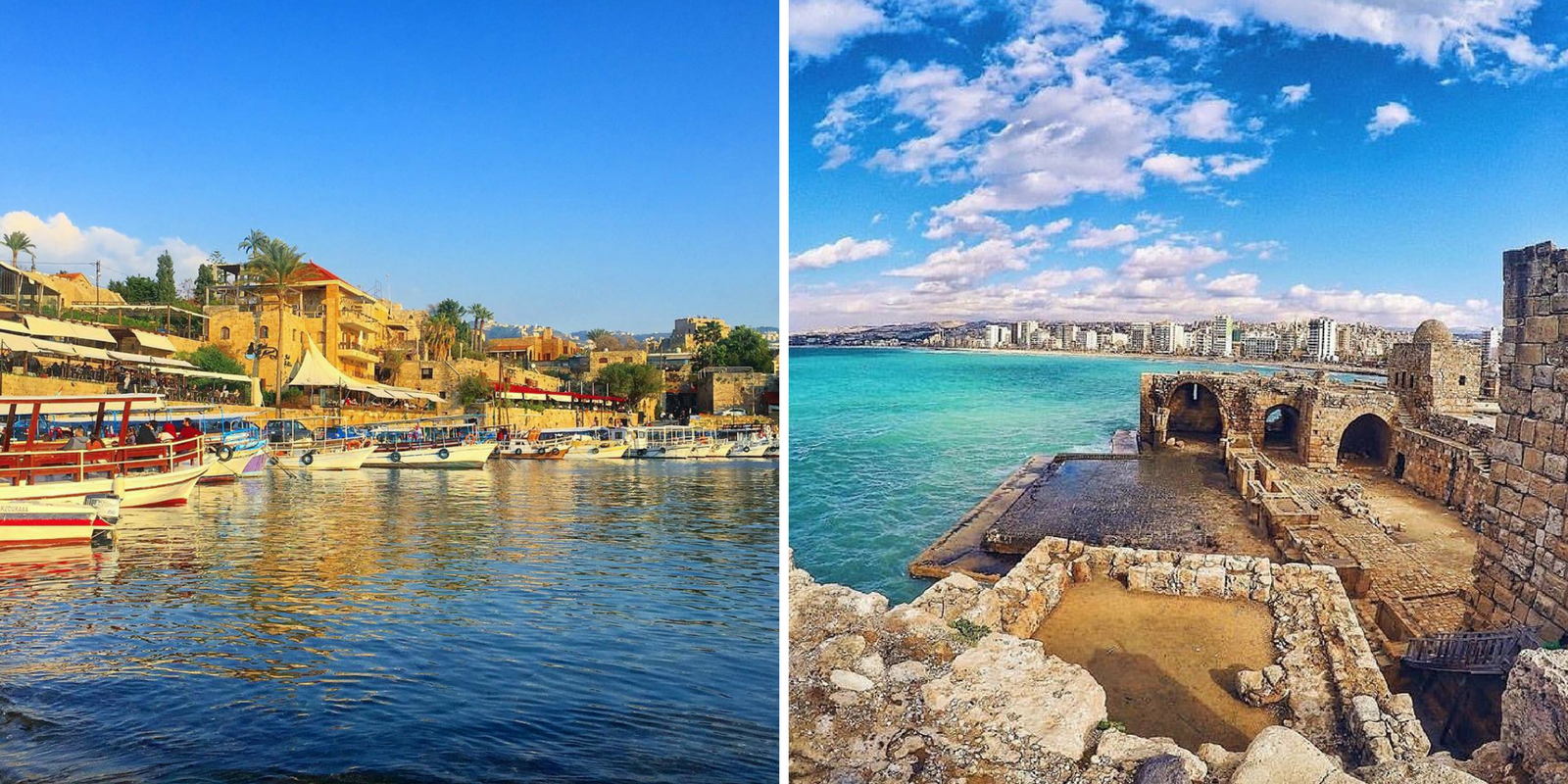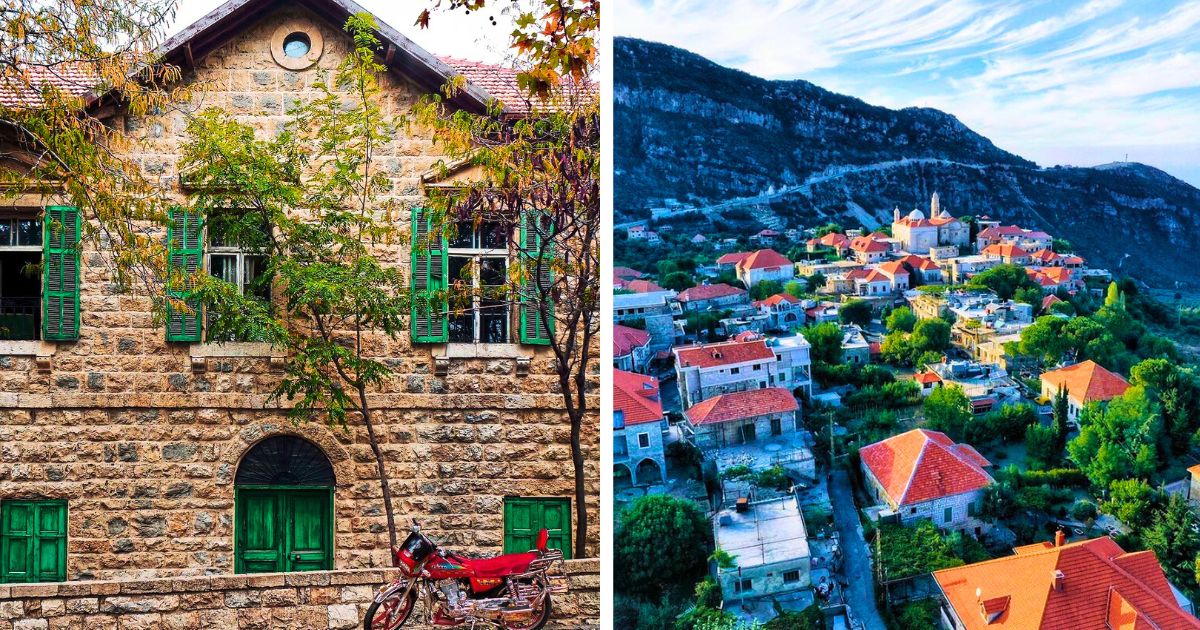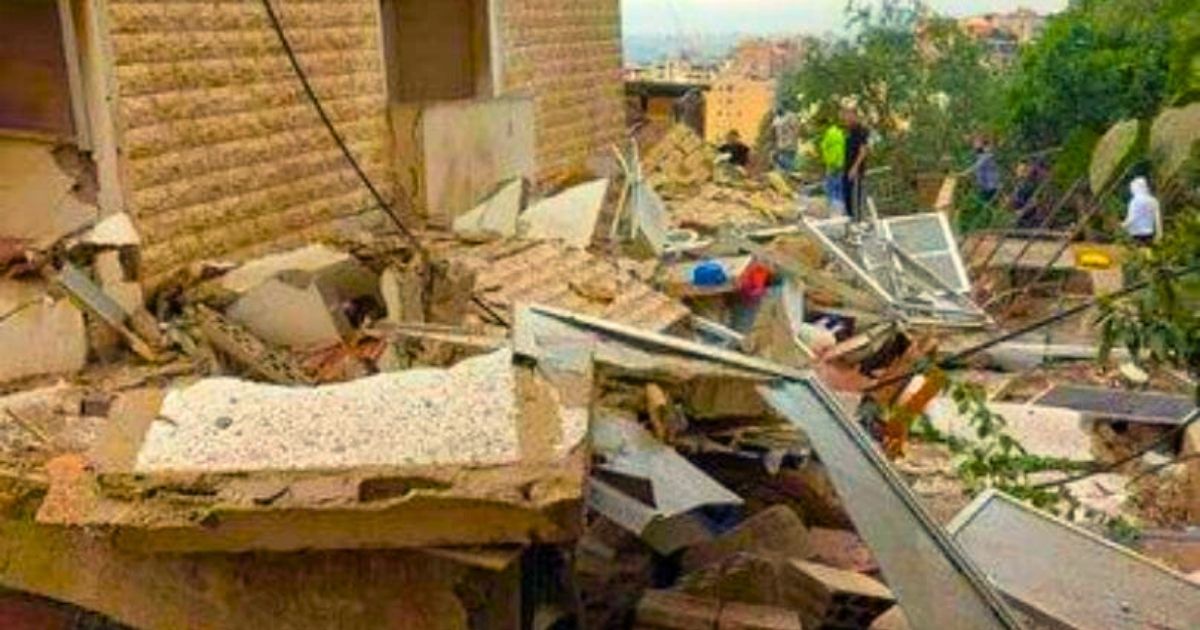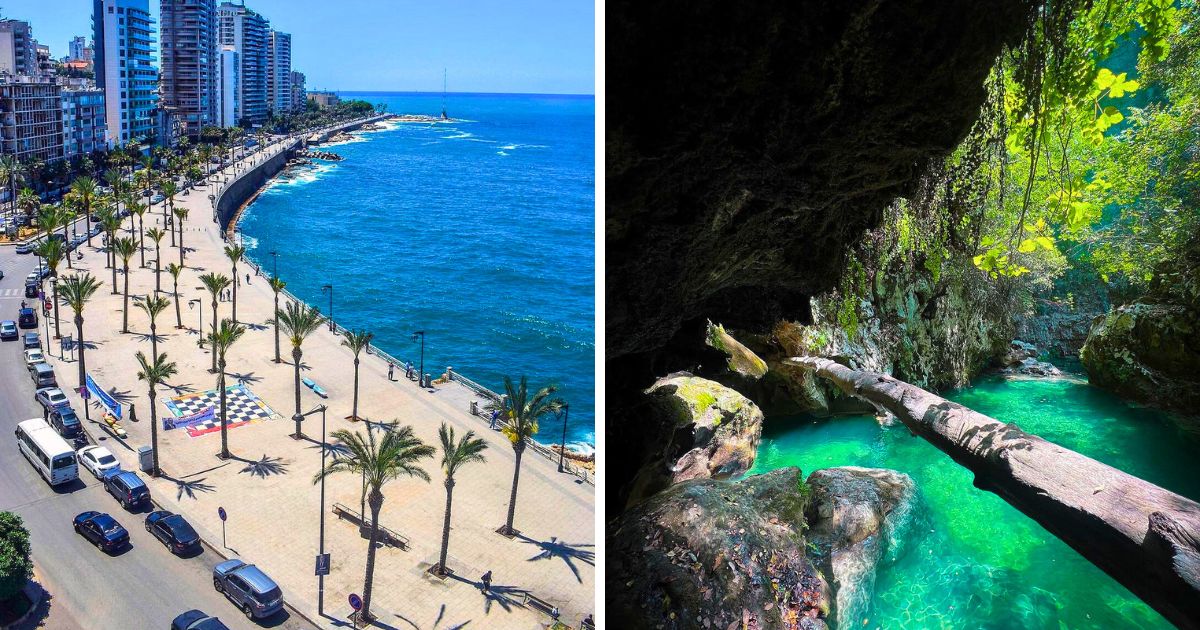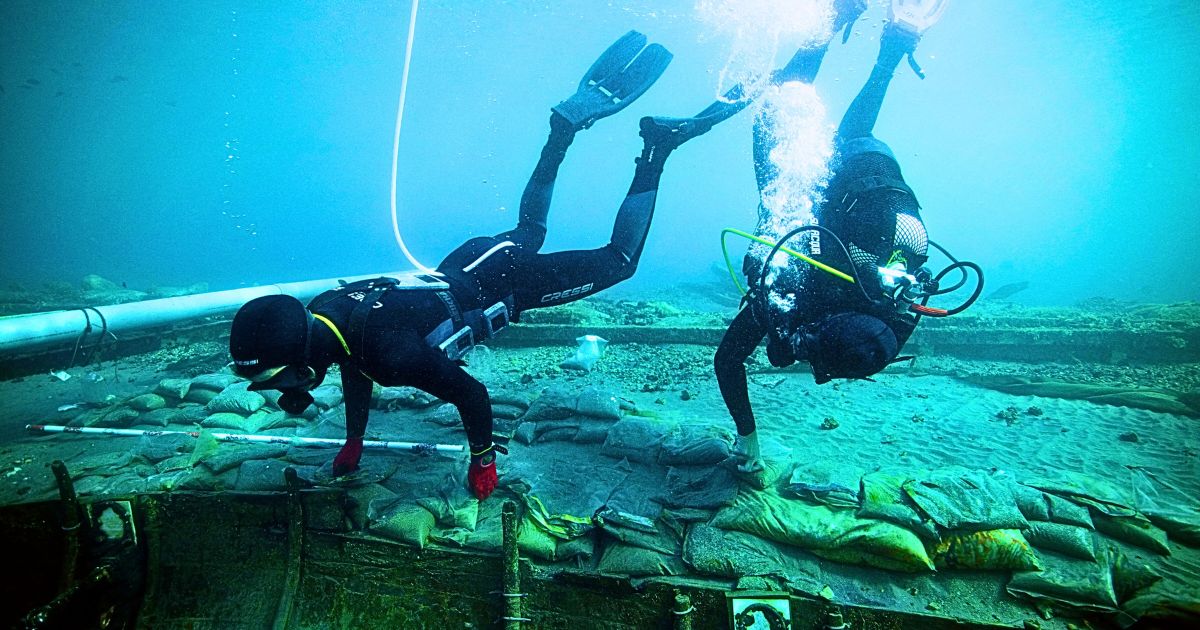The Phoenician civilization grew throughout the Mediterranean sea through trading and not military. Their influence was quite visible on several continents.
They’ve even found traces of Phoenicians in America even before Christopher Columbus discovered it. According to a comprehensive study by Thomas Crawford Johnston in 1892, the Phoenicians were behind the civilizations of the Incas and the Aztecs.
All this was done operating from present-day Lebanon. Of course, such an influential civilization would leave its mark in its home thousands of years later.
In fact, there are 11 Phoenician cities and towns in Lebanon that have been continuously inhabited ever since:
#1 Sour (Tyre)
Tyre, or Sour in Arabic, was one of the 2 leading city-states in Phoenicia. It was also the most important seaport for the Phoenicians. One of the very rare wars the Phoenicians had to undertake during their over 7000 years of civilization was to defend Tyre against the impressive forces of Alexander The Great.
Total Population: 174,000 people
#2 Sydon (Sidon)
Sidon, or Saida in Arabic, was the other leading city-state in Phoenicia alongside Sur. It’s the 3rd largest city in Lebanon
Total Population: 266,000
#3 Ampi (Anfeh)
Anfeh is located in North Lebanon just 15 kilometers south of Tripoli. There are remains of at least 3,000 years of human occupation. There is also a Phoenician wall, a castle, and an impressive peninsula fortress.
Total Population: 6,500
#4 Amia (Amioun)
Amioun is located on the top of an ancient hill dating back to before the 2nd millennium B.C, during which, the town was called Amia. Amioun derives its name from the Aramaic language, meaning “‘am Yawan” “place of the Greeks”.
Today, the town’s population is predominantly made up of Greek Orthodox. The majority of its residents actually live outside of Lebanon, particularly in Massachusetts, USA as well as Sydney and Melbourne, Australia. They visit during the summer.
Total Population: 10,658
#5 Aarqa
Aarqa is a village northeast of Tripoli. There’s archaeological evidence going back to the Neolithic Period (10,000 BC).
It has been mentioned in the Bible several times as well as in the Amarna letters of Egypt (2nd millennium BC) and in Assyrian texts (1st millennium BC).
During Roman times, Emperor Alexander Severus was born there in 208 BC.
#6 Baalbek
Baalbek was designated as a UNESCO World Heritage Site due to the Ancient Roman ruins. There are signs of almost continual habitation for the last 8-9,000 years. Discover the hidden truth of Baalbek here.
Total Population: 105,000
#7 Botrys (Batroun)
Batroun is one of the oldest cities in the world. The name of the town, Botrys, originates from the Phoenician word bater, which means to cut.
It refers to the wall that the Phoenicians built in the sea to protect them from tidal waves.
Total Population: 45,000
#8 Berut (Beirut)
Beirut is the capital and largest city of Lebanon. It was inhabited more than 5,000 years ago.
The first historical mention of Beirut is found in the ancient Egyptian Tell el Amarna letters dating back to the 15th century BC. Its name derives from the Phoenician be’erot (“wells”), referring to the underground water table that is still used by locals.
Another version is that the city was named after the Phoenician daughter of Adonis and Aphrodite, Beroe.
The Phoenician port of Beirut is currently buried under development in Beirut.
Total Population: 2,200,000
#9 Gebal (Byblos)
Byblos is the oldest continuously inhabited city in the world. It was first inhabited between 8,800 and 7,000 B.C. It was built as the first city in Phoenicia. It is also a UNESCO World Heritage Site.
The city’s Phoenician name (GBL, i.e. Gubal, Gebal, etc.) can be derived from gb, meaning “well” or “origin”, and El, the name of the supreme god of Byblos’ pantheon.
Total Population: 100,000
#10 Sarepta (Sarafand)
Sarepta is located between Sidon and Tyre in the South of Lebanon. It is known biblically as Zaraphath.
Most Phoenician cities outside of Lebanon are easily excavatable since they are no longer inhabited like in Spain, Sicily, and Tunisia. However, it’s quite impossible in Lebanon since all the places are still inhabited. Sarepta is the only exception.
This city is mentioned in the Bible in both the Books of Kings as well as by Jesus in Luke’s Gospel.
#11 Athar (Tripoli)
Tripoli is the second-largest city in Lebanon. It holds 4 small islands offshore – which are also the only islands in Lebanon. The city dates back at least to the 14th century BC.
In the 9th century BC, the Phoenicians established a trading station in Tripoli, and later, under Persian rule, the city became the center of a confederation of the Phoenician city-states of Sidon, Tyre, and Arados Island.
Total Population: 227,857
